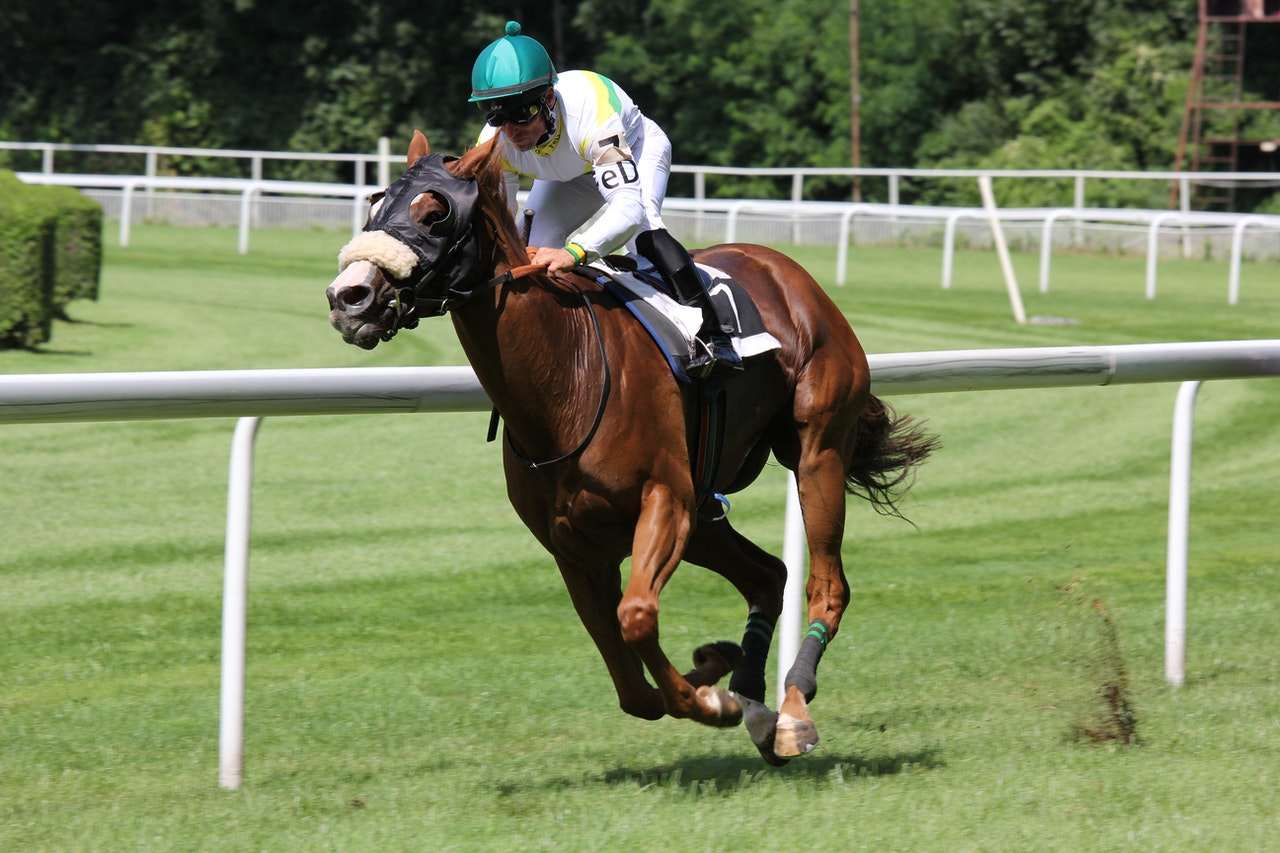
I learned this today. Many animals can run quickly because they have four legs, run on their toes, and have bodies designed for speed.
There are three types of animals when it comes to the shape of feet. There are plantigrades, digitigrades, and unguligrades.
We are plantigrades. Along with rodents, rabbits, hedgehogs, kangaroos, and some other animals. It comes from the Latin planta, which means “sole” and gradus, which means “walking”. Plantigrade animals walk with their toes and metatarsals flat on the ground. The metatarsals are the five long bones in the foot. A plantigrade animal has a femur and humus in the leg that comes down to the ankle and the foot is flat on the ground after that. Plantigrade animals are evolved for balance and their weight-bearing ability. It is also an advantage when fighting because of the more powerful stance. It is a disadvantage when it comes to speed because the leg is shorter and the foot heavier. When running, each step requires a significant amount of energy to lift the foot off the floor. Some plantigrade animals are obviously fast, such as rabbits, but I’ll look at them in a minute.
Digitigrades are animals such as cats, elephants, hippos, pigs, dogs, and wolves. Digitigrade comes from the Latin digit, which means “finger / toe”. They are animals that run on their toes. This is not the same as if a human sprints on their toes because digitigrade animals are shaped differently. Their foot consists of only their toes. The metatarsals are raised up almost vertically ending at an ankle that looks like a backwards knee. Picture a cat’s back leg to understand what I mean. Then they have the humus and femur above that. To run, they only have to lift their toes off the ground, which is a lot easier, and the shape of their feet produces a natural spring.
Then there are unguligrades. The word comes from the Latin ungula, which means “claw” or “hoof”. These are animals that run on a hoof, such as cows, and horses. Their foot is the same shape as a digitigrade animal, but the toes are formed into one hoof. They have the same running advantages as a digitigrade animal.
So, foot shape is an advantage, but it isn’t the only reason animals can run so fast. Obviously, the main advantage they have over us is their four legs. Four legs provides greater balance when running and greater acceleration. A 100m sprinter tries to increase contact time with the ground because the speed comes from how much you can push off the ground. 4 legs can push off more than 2. However, different animals have different adaptions that allow them to pick up speeds we can only dream of.
Cheetahs, for example, are the fastest land animals. They can get up to speeds of 70 km/h. This is possible because they have a huge number of fast-twitch fibers in their muscles. Our muscles have fast and slow twitch fibers. Slow twitch fibers have a large blood supply and they contain more oxygen. They are fatigue resistant but move slowly. Fast twitch fibers have less blood, less oxygen, but can move very quickly. They fatigue quickly. A cheetah has about 70% fast twitch. They also have a spine that acts like a spring. When they take a pace, their body bunches up and flings them forwards. They have nonretractable claws that give them great grip and they have a small head. They can take three paces in a second and each pace is about 6.5m long. Cheetahs are ridiculously fast, but they can only sustain it for about 500m.
Horses are able to run fast because of their foot shape, but also because they have a good balance of fast and slow twitch muscles, and they have a large number of blood vessels in their muscles. A horse’s stride is about 3.5m and they take two strides a second. They have large hearts to pump oxygen to their muscles and their spleen can increase the amount of blood in their circulation.
Rabbits, which are plantigrade, can run very quickly because they are very light and because they have large back legs. Their back legs are like springs and can give them incredible acceleration. Kangaroos are similar. They have large, stretchy tendons in their legs, which act like enormous springs. This allows the kangaroo to hop fast without expending a lot of energy.
Mice are also plantigrade, but they are fast. This is again down to their size and their grip. They have sharp claws that give them good traction and they have a very low body mass in relation to their muscle mass. They can run very quickly. However, mice are not as fast as we think they are. We tend to judge speed by the length of time it takes something to travel its own body length. That’s why a mouse appears fast to us while a falling tree seems slow. If you put a mouse in an open room, it wouldn’t appear so fast, and a cat could easily catch it.
It also, unsurprisingly, turns out that weight is a huge factor in how fast something can run. It seems 50kg is the optimal weight to muscle ratio and this is exactly where the cheetah lies. Any heavier than this and you need more muscles to move the mass, which means more weight and more energy expended. That’s why an elephant can’t outrun a horse.
So, animals can run fast because of the shape of their feet, their weight, their ability to grip, their spring like spines or back legs, their muscle fibers, and their number of legs. And this is what I learned today.
Photo by Daniel from Pexels: https://www.pexels.com/photo/brown-horse-158976/
Sources:
https://www.discoverwildlife.com/animal-facts/mammals/how-and-why-do-kangaroos-hop/
https://blog.nasm.org/fitness/fast-twitch-vs-slow-twitch
https://en.wikipedia.org/wiki/Ungulate
https://en.wikipedia.org/wiki/Digitigrade
https://en.wikipedia.org/wiki/Metatarsal_bones
https://en.wikipedia.org/wiki/Plantigrade
https://www.science.org/content/article/why-midsized-animals-are-fastest-earth
https://www.sciencedaily.com/releases/2021/07/210723105319.htm
https://www.quora.com/Why-can-animals-run-faster-than-humans

